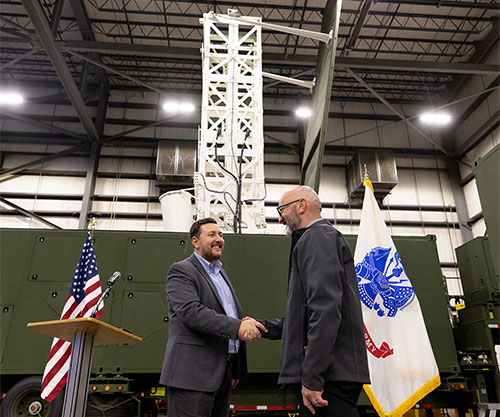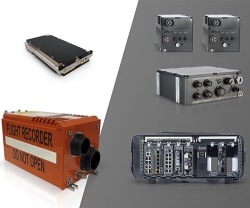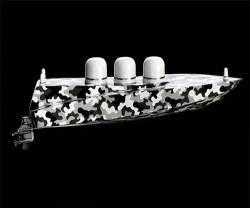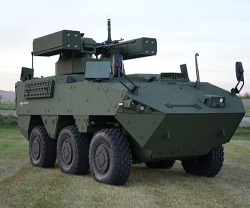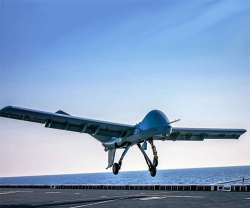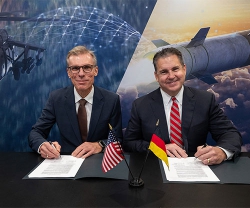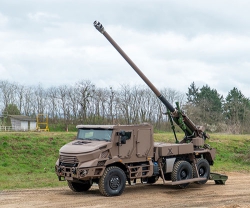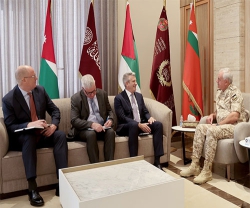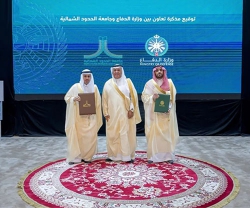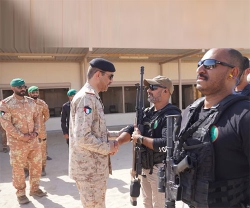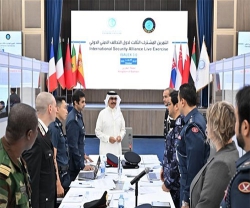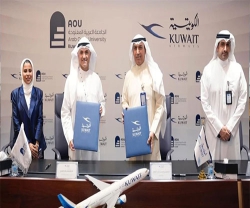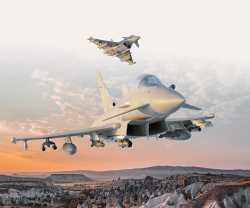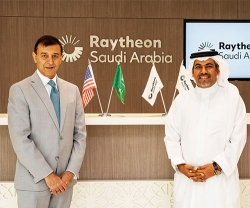Lockheed Martin delivered the first Mid-Range Capability (MRC) battery, also known as the Typhon Weapon System, to the United States Army Rapid Capabilities and Critical Technology Office (RCCTO).
MRC is comprised of launchers, missiles and a battery operations center developed to address surface threats. It is part of the Army’s top modernization priority to develop and field new long-range precision fires capabilities.
“Our collaboration with the U.S. Army enabled us to form a deeper understanding of its most critical mission needs,” said Joe DePietro, Lockheed Martin General Manager and Vice President.
“That partnership enabled us to leverage technologies across our ships, launchers and combat systems programs to design, develop, integrate and quickly deliver a solution to meet the Army’s mission requirements. We created new capabilities through integration of existing and evolving technology to ensure our warfighters are ahead of ready,” he added.
Lockheed Martin’s investment in modern engineering processes and digital transformation enabled the company to scale its Aegis Command and Control functions and the Mark 41 Vertical Launching System to quickly meet Army long-range fires needs. Leveraging existing missile and launcher systems maintains commonality with other critical Army and joint service programs with the Navy, Air Force and Marines and enables the Army to accelerate fielding.
“The MRC rapidly progressed from a blank piece of paper in July 2020, to the Soldiers’ hands in just over two years. The RCCTO team, as well as our joint service and industry partners, delivered this hardware so Soldiers can begin training as quickly as possible,” said Lt. General Robert Rasch, Director of the Army Rapid Capabilities and Critical Technologies Office (RCCTO).
MRC is the latest mission capability Lockheed Martin developed for RCCTO to help the Army transform into a more agile, multi-domain force. It provides a combined operational capability to address specific threats to penetrate, dis-integrate, and exploit targets critical to the joint fight. This capability helps achieve the Army’s modernization goals of speed, range, convergence, decision dominance, and overmatch to defeat adversaries and provide support in multi-domain operations.
Meanwhile, Lockheed Martin and Rafael Advanced Defense Systems, Ltd., of Israel, have signed a teaming agreement that includes jointly developing, testing and manufacturing High Energy Laser Weapon Systems (HELWS) in the U.S. and Israel. The future joint-development will be based on the assets that have been developed independently by RAFAEL and the Ministry of Defense's Directorate of Defense Research and Development (DDR&D) within the framework of the IRON BEAM project. The cooperation will be geared towards developing a variant of the system for the American market as well as others.
After years of joint development by the Ministry of Defense's Directorate of Defense Research and Development (DDR&D) and RAFAEL, the IRON BEAM project was initiated by the DDR&D. In the last year, a series of tests on the system was carried out that proved the operational capability of the system. IRON BEAM is a 100kW-class HELWS, expected to be the first-ever operational system for ground-based air defense against threats such as rockets, mortars and UAV’s, delivering engagement at the speed of light.
IRON BEAM is set to be integrated into Israel’s multi-layered air defense array. The cost-effective and operationally efficient solution will be able to counter emerging threats, while also defending critical infrastructure, strategic sites, maneuvering forces, and population centers.
Headquartered in Bethesda, Maryland, Lockheed Martin Corporation is a global security and aerospace company that employs approximately 114,000 people worldwide and is principally engaged in the research, design, development, manufacture, integration and sustainment of advanced technology systems, products and services.

